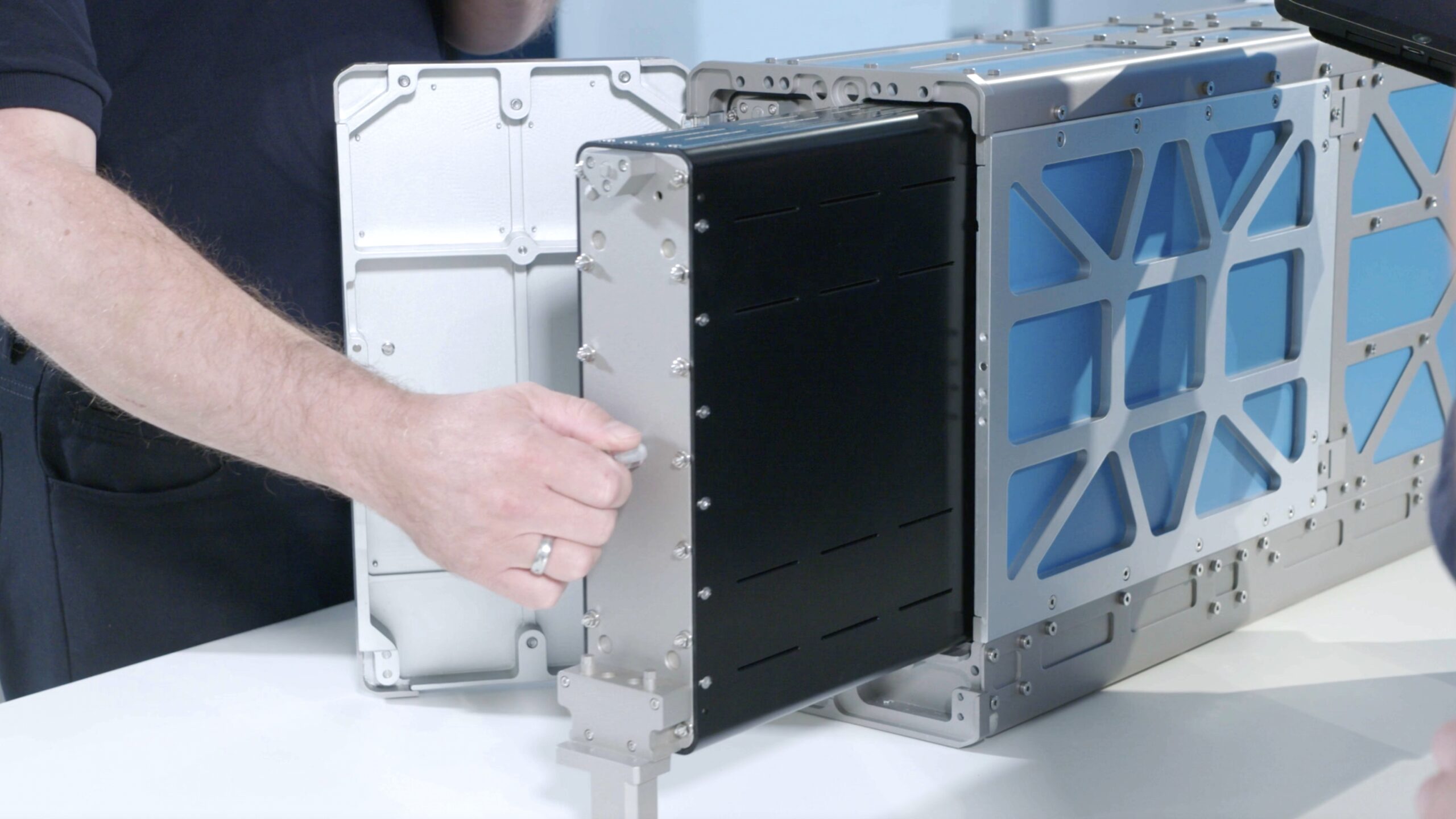I think the Korean boat, with its significantly larger displacement (3,300 tons) may be the better boat for extended AIP ops. The Victoria class are 2,400 ton boats, which to be fair is about the same as the Type 212CD offered by Germany. But all that aside, we should stay with NATO sources, and I'd say go German.
Canada's biggest defense choice in a generation: a proven German sub for the Arctic vs. a dazzling but risky South Korean design.

nationalsecurityjournal.org
Canada's very first European-sourced submarine was also German,
HMCS U-190. Before that, our subs were
US-sourced, then followed by the British Oberons and Upholders.










